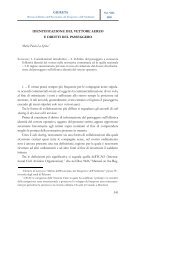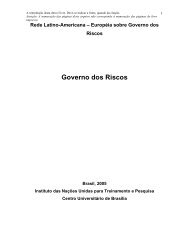Rome II and Tort Conflicts: A Missed Opportunity Abstract Contents
Rome II and Tort Conflicts: A Missed Opportunity Abstract Contents
Rome II and Tort Conflicts: A Missed Opportunity Abstract Contents
Create successful ePaper yourself
Turn your PDF publications into a flip-book with our unique Google optimized e-Paper software.
SYMEON C. SYMEONIDES ROME <strong>II</strong> AND TORT CONFLICTS<br />
164<br />
possibility. This author’s view is that an objective foreseeability proviso is a better<br />
vehicle for ensuring fairness. If the polluter should have foreseen that his conduct in<br />
one state would cause injury in another state with higher st<strong>and</strong>ards, the polluter should<br />
not be able to seek refuge behind the lower st<strong>and</strong>ards of the state of conduct.<br />
Conversely, when foreseeability is lacking, the court should be allowed to take<br />
account of this factor, without necessarily exonerating the actor. For, although the<br />
application of the law of the state of injury would be unfair to the polluter, this result<br />
would be defensible because the non-application of that law would be equally unfair<br />
to the victim who has no control over the situation.<br />
164. See id. at20.<br />
165. ROME <strong>II</strong>, art. 17.<br />
166. See supra note 24.<br />
V<strong>II</strong>I. RULES OF “SAFETY AND CONDUCT”<br />
Buried towards the end of the <strong>Rome</strong> <strong>II</strong> regulation is the familiar yet somewhat<br />
enigmatic provision of Article 17. It provides that, regardless of which law governs<br />
the non-contractual obligation under the other articles of <strong>Rome</strong> <strong>II</strong>, in “assessing the<br />
conduct of the person claimed to be liable, account shall be taken, as a matter of fact<br />
<strong>and</strong> in so far as is appropriate, of the rules of safety <strong>and</strong> conduct which were in force<br />
165<br />
at the place <strong>and</strong> time of the event giving rise to the liability.” As noted earlier,<br />
provisions similar to Article 17, albeit with slightly different wording, are found in the<br />
166<br />
1972 EEC draft convention on contractual <strong>and</strong> non-contractual obligations, the<br />
167<br />
Hague conventions on traffic accidents <strong>and</strong> products liability, as well as the<br />
168 169 170<br />
Belgian, Dutch, <strong>and</strong> Swiss codifications enacted in the interim. The Preamble<br />
of <strong>Rome</strong> <strong>II</strong> states that the term ‘rules of safety <strong>and</strong> conduct’ should be interpreted as<br />
referring to “all regulations having any relation to safety <strong>and</strong> conduct, including, for<br />
167. See art. 7 of the Hague Convention of 4 May 1971 on the Law Applicable to Traffic Accidents<br />
(“rules relating to the control <strong>and</strong> safety of the traffic”), <strong>and</strong> art. 9 of the Hague Convention of<br />
2 October 1973 on the Law Applicable to Products Liability (“rules of conduct <strong>and</strong> safety”).<br />
168. See BELGIAN PIL CODE, art. 102 (“consideration must be given to the safety <strong>and</strong> conduct rules”<br />
of the conduct state).<br />
169. See DUTCH PIL ACT, art. 8 (authorizing the “taking into account of the traffic <strong>and</strong> safety<br />
regulations <strong>and</strong> other comparable regulations for the protection of persons or property in force<br />
at the place of the tort.”).<br />
170. See SWISS PIL ACT, art. 142(2) (“Rules of safety <strong>and</strong> conduct in force at the place of the act are<br />
taken into consideration”). Cf. also PORTUGUESE CIV. CODE, art. 45(3) (“without prejudice to<br />
provisions of local state laws which must be applied to all persons without differentiation”);<br />
Hungarian PIL Decree, § 33.1 (“The law of the place of the tortious conduct shall determine<br />
whether the tortious conduct was realized by the violation of traffic or other security<br />
regulations.”).<br />
56 AMERICAN JOURNAL OF COMPARATIVE LAW (2008) PAGE 39 OF 46



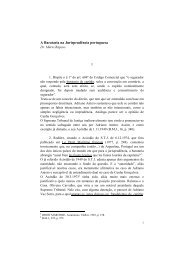

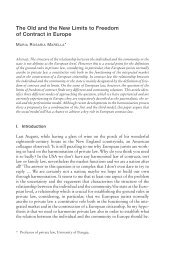

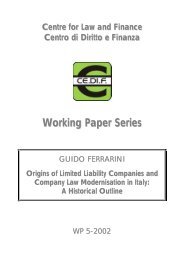
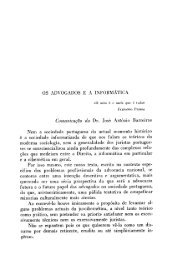
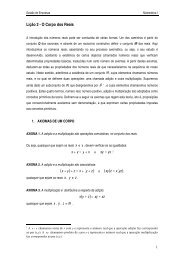
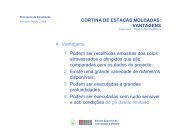
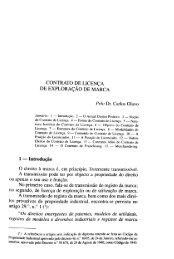
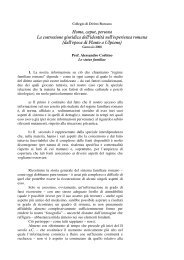
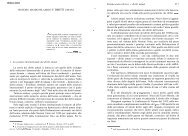
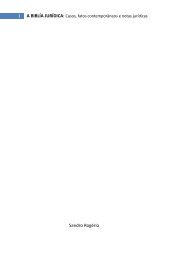
![Luigi Sapio Nozione di islām La parola “islām” [ ] è il mas.dar1 ...](https://img.yumpu.com/15836073/1/185x260/luigi-sapio-nozione-di-islam-la-parola-islam-e-il-masdar1-.jpg?quality=85)
